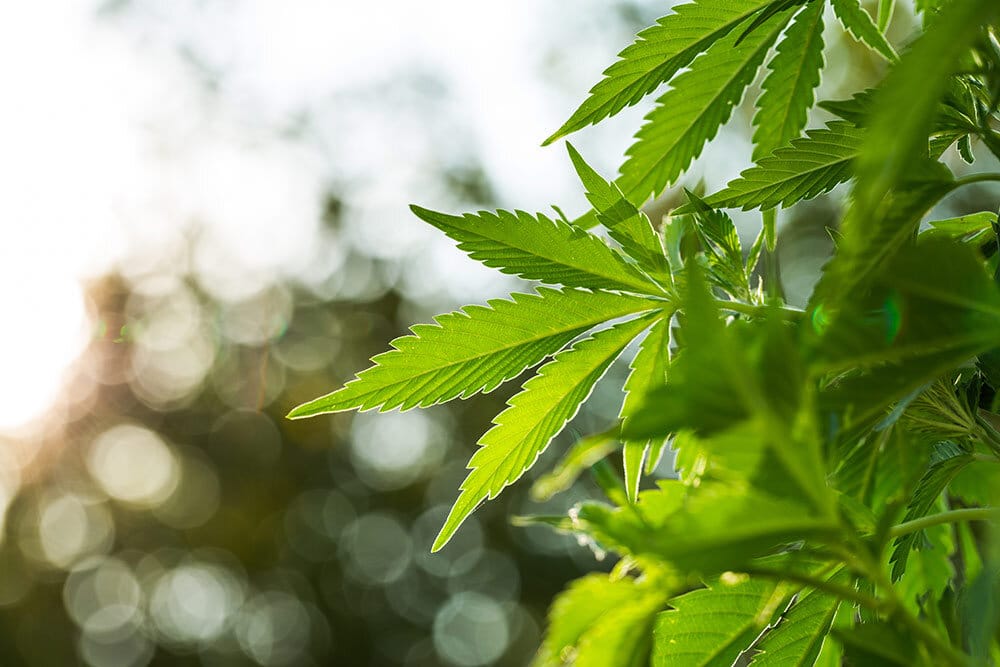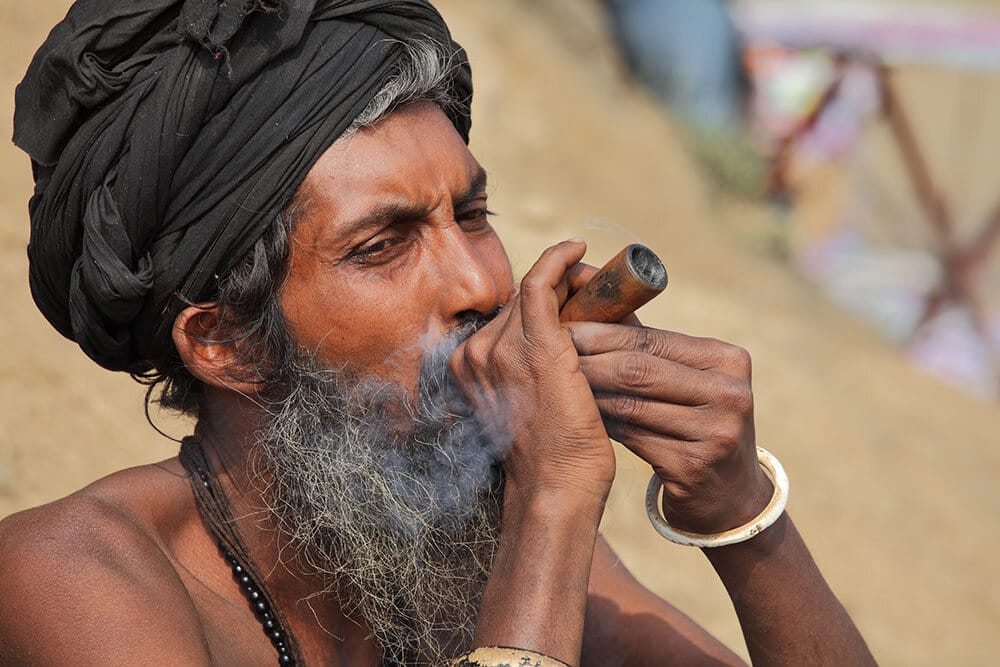
When you really sit and think about it, it’s no wonder that people of certain religions have used cannabis in their rituals. Cannabis and religion go hand in hand when it comes to finding a spiritual awakening. Many religions have used cannabis for its psychoactive properties, some 16th-century texts even mentioning “seeking to see ghosts.”
But how do different religions use cannabis in their religious practices? How did it all start?
Cannabis in Ancient and Modern Day China
About 20 years ago, farmers in China discovered a mummified corpse. The man seemed to be of high social status as he was well dressed and had with him many possessions including a harp, archery equipment and a few other items that lead researchers to believe that the man may have been a shaman. Also found with the man was 789g of dried cannabis.
Scientists were able to analyze the marijuana and could prove it to be so as it was very well preserved and contained THC. However, no pipes or any other clues were found in the tomb with the shaman to prove that it was to be smoked. Some researchers mentioned that it could have been for use in the afterlife as a “medicine or for visionary purposes.”
As mentioned previously, cannabis has long been used for its mind altering properties. Taoists, those who practice Taoism, an ancient Chinese practice, have been known to use cannabis as an incense. They use it to help guide them on their spiritual journey beyond the mortal plane.

Cannabis in India
Cannabis has long been found in India and has been used for centuries in religion. Dating as far back to 2000 B.C., the sacred Hindu text The Vedas, mentions cannabis as one of the five sacred plants. It was said to have a guardian angel who lived in it’s leaves.
In the Hindu tradition, there are three types of cannabis preparation that are commonly used, even to this day. The first is known as bhang, which is typically made using nuts, spices and sugar and combined with cannabis and boiled in milk.
Bhang is said to be associated with the god Shiva. According to legend, Shiva was wandering in the hot sun in a field after a family dispute. Tired from the heat and the altercation with his family, he fell asleep under a leafy plant. When he woke up, his curiosity got the better of him and he decided to sample the leaves from the plant. Feeling instantly rejuvenated, he decided that was his favorite food.
The second preparation of cannabis is called ganga. This form is stronger than bhang and is made from the flower and upper leaves of the female plant and then smoked. Charas is the third preparation and is also stronger than bhang. Also known as “black gold” or “finger hash”, it is made from extracted resin from an almost-mature flower bud by rolling it in your palms. The resin is then smoked in a pipe called a chillum, and is usually shared between two to five people.
Rastafarianism and Cannabis
When one first thinks of a Rastafarian they may go straight to a stereotype of a Rasta sitting somewhere with a big joint in his mouth listening to Bob Marley and just living life. However, Rastafarianism is far from that.
Rastafarianism follows the text of the Old Testament. They believe that marijuana is mentioned various times throughout the Bible and interpret it as such. For instance, “eat every herb of the land” is interpreted as all herbs including marijuana, and God put them there for man to use.
Rastafarians only smoke marijuana during ceremonies, known as reasonings, to bring them closer to Jah (God). Reasonings are very meaningful ceremonies that can include deep meditation, prayer, debates, and other discussions.
Rastaman began using cannabis in their religious practices as early as the late 1800s. One of the most popular Rastaman is Bob Marley, though what you may not know is that he did not see a purpose in smoking marijuana recreationally. He saw himself as a holy person, as most Rastafarians do, and saw cannabis as a holy rite which opened the door to help him get closer to his creativity.
How Do Religions Use Cannabis in Ceremonies and not Recreational Use?
An interesting thought one might have is how and why most religions who use cannabis for their religious practices and ceremonies only use it for that, and no recreational use outside of their practices. There are a few things to keep in mind when thinking about this.
One is that cannabis is always used in some sort of ritual, meditation, or other religious ceremony to bring one closer to a higher power. The second is that it is never mentioned to be used outside of these religious rituals, you only use them to be closer to a divine being, nothing else. It’s all about context and how others around you view it and how you see it yourself.
Conclusion
Many religions use cannabis in their religious practices, the ones we have mentioned, and many more beyond that. Cannabis has been around for centuries and has brought us closer to a higher power. Whether that be through smoking with a pipe or burning it as incense, or even ingesting it in a mixture or drink. We all seek to find peace and tranquility through our meditation practices and religious ceremonies, and cannabis is here to help us reach our peak and communicate with our divine beings.



